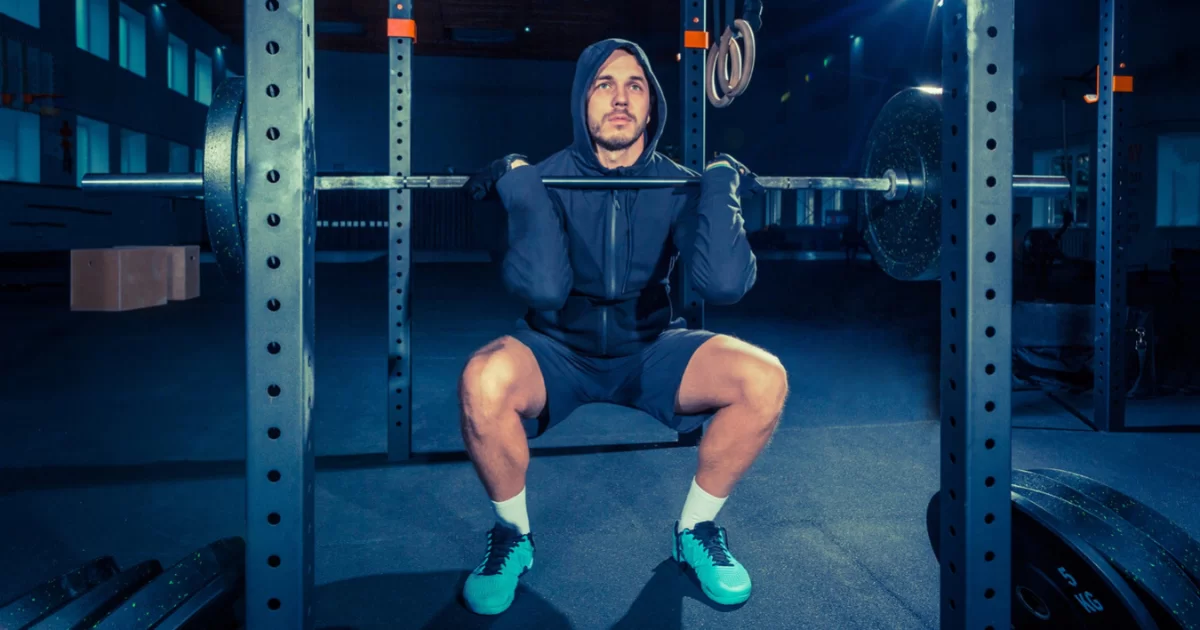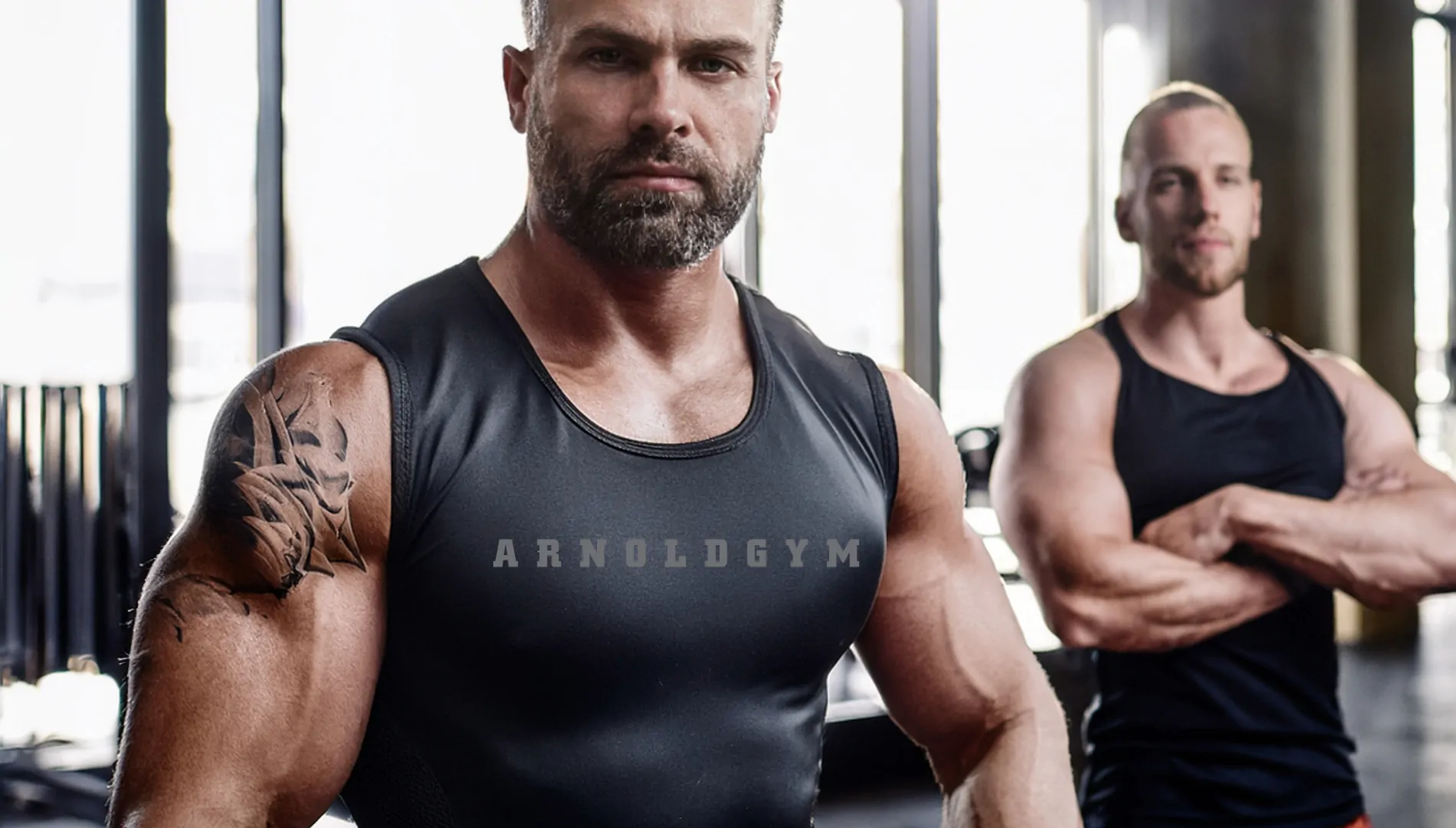In the symphony of hormones that orchestrate the male body’s functions, testosterone and training plays the lead. Revered for its vital role in male health, it’s no secret that it also holds a coveted position in the realm of fitness and athleticism. Coupled with dedicated training, it becomes part of a dynamic duo that can keep men at the pinnacle of their physical prowess.
But what exactly is the relationship between testosterone and training?
Understanding this synergy can unlock the potential to achieve exceptional fitness results.
Testosterone: The Fitness Maestro
Testosterone, the predominant male sex hormone, wields influence over a range of bodily functions that extend beyond its well-known contributions to sexual health. It’s a natural anabolic steroid, meaning it’s involved in building muscle mass and strength. It also aids in the breakdown of fat, fosters bone density, and can contribute to a general sense of vigor and assertiveness, all of which are crucial to an effective fitness regimen.
Levels of testosterone naturally peak in early adulthood and slowly start to decline thereafter. This decline often corresponds with a decrease in muscle mass, increased body fat, and less energy, factors that can significantly affect a man’s overall fitness and health.
You may be interested to read: 5 ways to increase your testosterone level naturally

Arnold’s Original Fitness Shorts
Training: The Testosterone Booster
Engaging in regular physical activity is known to have a positive impact on testosterone levels. Weightlifting and high-intensity interval training (HIIT), in particular, have been shown to boost testosterone in the short term. Compound movements, such as deadlifts, squats, and bench presses, compel the body to recruit large muscle groups and stimulate the release of testosterone, enhancing muscle synthesis and overall strength.
Furthermore, training isn’t just about lifting heavy weights. Consistency in your fitness routine maintains a stable environment where testosterone can exert its influence effectively. Stamina-building exercises, balanced training schedules, and adequate rest days are key components for supporting the testosterone levels required for muscle growth and fat loss.
Testosterone’s Allies: Nutrition and Lifestyle
Testosterone doesn’t work in a vacuum. Its production and effect are influenced by diet and lifestyle choices. For instance, diets rich in zinc and vitamin D are particularly important as these nutrients are essential for maintaining optimal testosterone levels. Healthy fats, such as those found in avocados, nuts, and olive oil, also contribute to its synthesis.
A lifestyle that includes sufficient sleep is crucial, as testosterone production can be significantly hampered by sleep deprivation. Reducing stress is equally important, as cortisol, the stress hormone, can inversely affect testosterone levels.
Obstacles in the Testosterone-Training Equation
There are, however, potential roadblocks on the path to synchronizing testosterone with training. Overtraining, characterized by excessive workout routines without sufficient recovery, can lead to fatigue and a decrease in testosterone. Another pitfall to avoid is the lure of anabolic steroids. While they may increase muscle mass rapidly, they come with serious health risks and can eventually suppress the body’s natural production of testosterone.
Aging and Testosterone: Navigating the Changes
As men age, they face the challenge of naturally declining testosterone levels. This biological shift can make it harder to maintain muscle mass and keep body fat in check despite a consistent training routine. This is where age-specific training and hormone replacement therapy (HRT) can be useful under professional guidance, helping older adults sustain their vitality and fitness levels.

Conclusion
The bond between testosterone and training is indeed strong and dynamically complex. It’s underpinned by a host of other factors such as nutrition, sleep, and stress management. Training enhances testosterone, and elevated testosterone can result in more efficient and fruitful training sessions. The synergy between the two is a health and fitness dance that, when choreographed well, can lead to significant improvements in well-being, strength, and body composition.
For the fitness enthusiast, understanding and harnessing this relationship is akin to discovering a blueprint for peak performance and longevity. By attending to the pillars that support testosterone levels and integrating them with purposeful training, men can continue to strive for and achieve their fitness aspirations at any age. The dynamic duo of testosterone and training does indeed hold the key to unlocking the highest potential of men’s fitness.


